- Home
- slideshows
- miscellaneous
- The US president of upscale mall operator Westfield reveals 9 strategies that have helped the company fend off the retail apocalypse
The US president of upscale mall operator Westfield reveals 9 strategies that have helped the company fend off the retail apocalypse
Location

Transportation connections
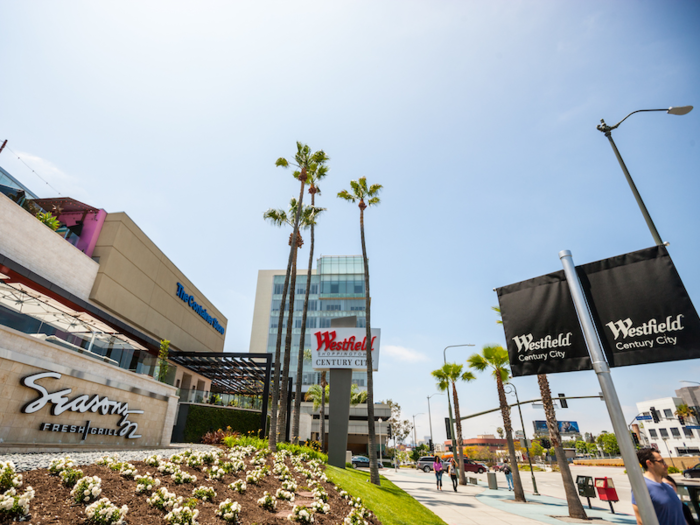
A good transit connection to the mall is crucial, especially given that many of these malls are located in urban areas where customers would not typically drive.
Tritant said that URW is currently working with local authorities to extend a train line to its Century City shopping center in Los Angeles.
Layout

One of the biggest downfalls in a weaker mall is its linear layout.
A linear layout makes it harder for customers to see storefronts. To combat this, Westfield has tested out different layouts and formats depending on the area.
"When you are in a very dense urban area where the square foot is expensive, people enjoy being able to be in places where they can enjoy the space," he said. This is why Westfield might look to add large spaces for people to hang around and socialize in.
Good signage
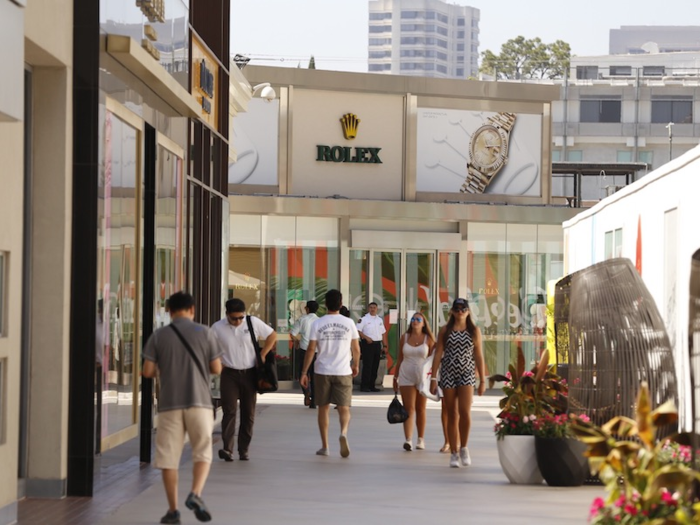
A lack of signage can hinder the customer experience.
It's about "having something that is easy to walk around," he said. "We work a lot on the customer journey, not only when you are in the mall but when you arrive at to the mall" to solve "pain points."
Acoustics and aesthetic
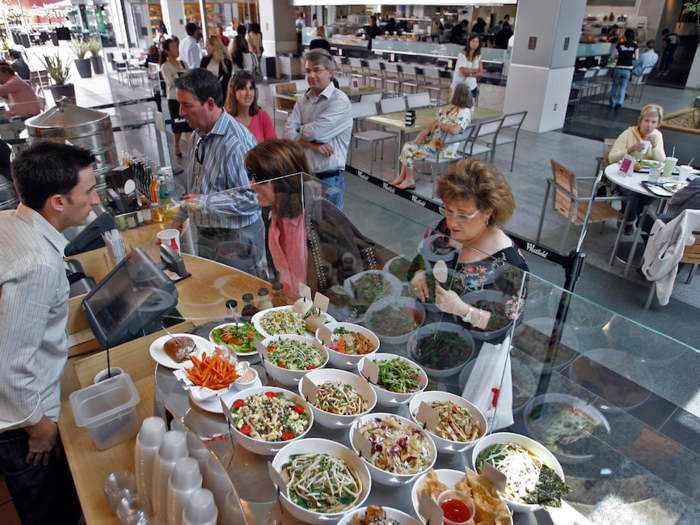
Acoustics and aesthetics are also important.
URW traces out the customer journey, arriving at the mall and walking around it, to experience the noises and sounds visitors would be exposed to.
This is especially important in some of the areas where customers might sit down for several hours.
A lot of food courts in other malls are noisy and unpleasant places to eat, Tritant said. URW works on both aesthetics and acoustics, which encourages consumers to spend longer there — and, therefore, more money there.
Investing in the details
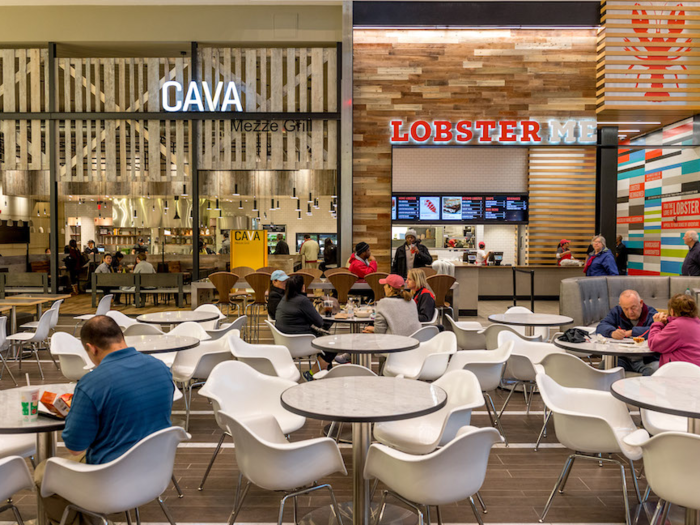
Thinking of the customer individually rather than as a crowd helps the company to look at aspects of the shopping experience that might seem trivial, Tritant said.
He used the bathrooms as examples of this. Bathrooms are typically created for a crowd and for intensive usage, he said. URW tries to make the bathrooms more comfortable and appealing so that the customer has a better impression of the mall overall.
As much entertainment as fashion
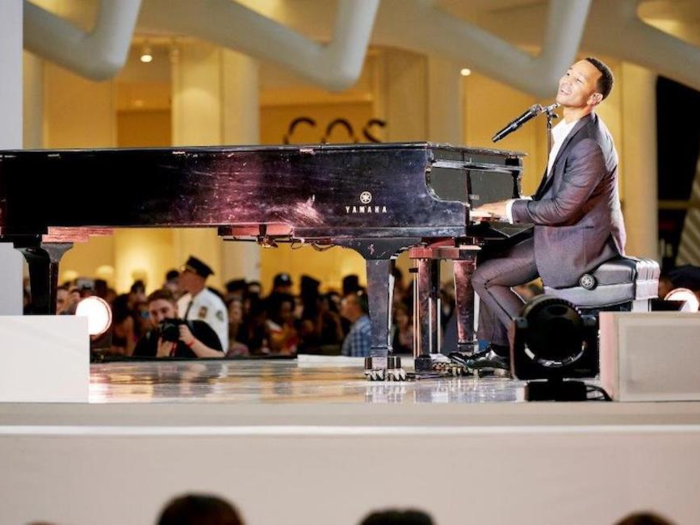
One of Westfield's key strategies is to shift the focus from fashion and offer more entertainment and dining options as well as experiences.
"We have been ahead of the pack in terms of changing the retail mix," Tritant said, adding that 70% of the new leases signed in 2018 were non-fashion concepts and more than 53% of its malls now have health and fitness services.
"We are changing the retail mix so there is much more in connection with the things that millennials are looking for," he said.
This means scaling back on fashion and shifting the balance.
Experiences, such as concerts or pop-ups, also help to drive traffic to the mall and target more consumers.
Constantly assessing what works and what doesn't
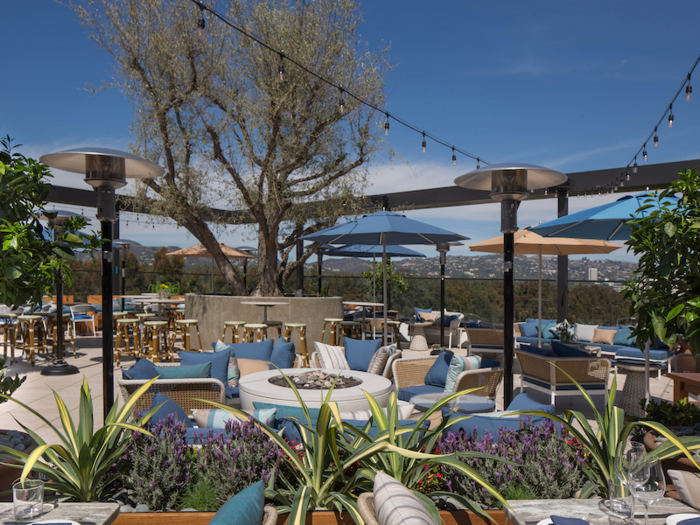
URW has a target rotation rate for its stores: 10% per year, per mall. This refers to the number of relettings, or renewals of leases, divided by the number of stores. This enables it to bring new concepts to the mall and keep the offering fresh.
"That's something we are working on every day," he said. "You need to always be ahead of the pack, bring something new, have the latest concept; you need to have the new brand that is hot at the time."
The company would either negotiate to end leases of underperforming tenants or work with these concepts to refresh stores.
Partnering with digitally native brands
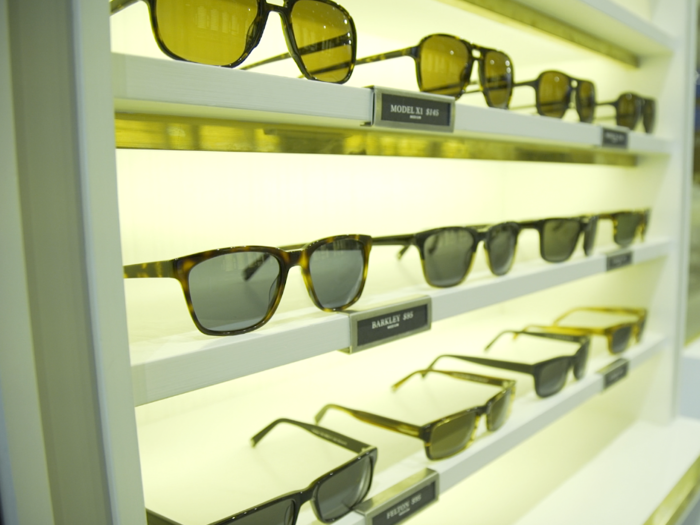
As of the end of 2018, URW had opened 58 stores of digitally native brands such as Amazon Books, Peloton, Bonobos, and Warby Parker.
As these popular brands have limited stores in the US, they help to drive traffic to that mall.
"What we are seeing is that everyone needs omnichannel," he said.
This means that not only do brick-and-mortar retailers need to be online, but that online-only brands need to also have a physical presence.
URW looks at the social buzz around these brands to determine whether they have enough brand awareness for brick-and-mortar stores to be successful.
Popular Right Now
Popular Keywords
Advertisement